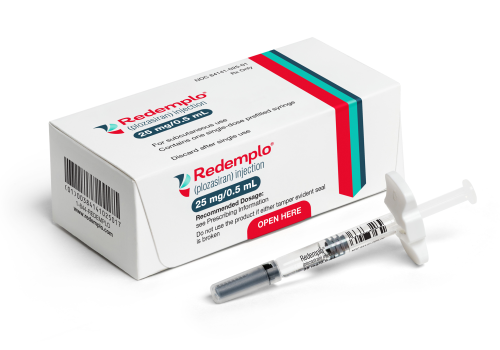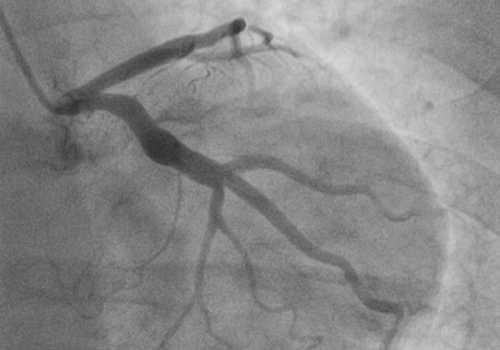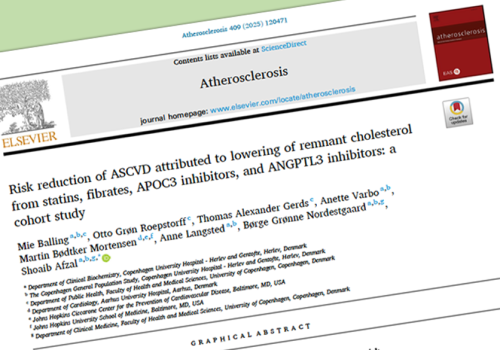
Plozasiran was associated with favourable changes to the number and size of triglyceride-rich lipoprotein particles (TRL-P) in the Phase 2 SHASTA-2 and MUIR studies in patients with severe hypertriglyceridaemia and mixed hyperlipidaemia, respectively.







